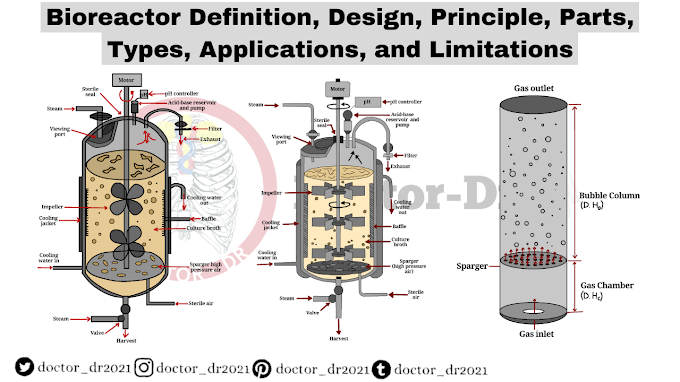by Microbiology Doctor-dr
Molecular Biology
Unit 1: Genome Organization
Genome Organization in Eukaryotes
The genome of eukaryotes is composed of DNA that is packed inside the nucleus.
The nucleus of eukaryotic cells is less than 10 microns (1 μm = 10−6m) in diameter; and eukaryotic cells must fit approximately 2 m of unpacked DNA into this small nucleus.
1. Eukaryotic DNA Associates with Histone Proteins to form Chromatin
- Histone proteins were first time discovered by Albrecht Kossel in 1928 from the nuclei of goose erythrocytes.
- The basic nature of histone proteins is mainly due to the large amount of basic amino acids.
- Due to these amino acids histone proteins interact with the negatively charged phosphate groups in DNA.
- Two groups of histone proteins i.e. core histones and linker histones, associate with DNA.
- Core histone (H2A, H2B, H3 and H4) having molecular weight of 11,000–16,000 daltons are highly conserved.
- The sequences of histone H3 from sea urchin tissue and calf thymus are identical except for a single amino acid.
- The linker histones (H1 and H5) are much more variable (molecular weight > 20,000 Da).
- Sometimes histone H1 is replaced by special histones in certain tissues. For example, in the nucleated red blood cells of birds in place of H1 a special histone H5 is present.
Euchromatin & Heterochromatin
- In 1930s two types of chromatin in the interphase nuclei of eukaryotic cells were observed.
- These are known as Euchromatin and Heterochromatin
- Euchromatin is less condensed while heterochromatin is the highly condensed form of chromatin.
- Approximately 10% of the mammalian genome is packaged into heterochromatin.
- The DNA that is folded into heterochromatin usually does not contain genes.
- However, certain genes that become packaged into heterochromatin are usually resistant to being expressed due to highly compact nature of heterochromatin.
2. Nucleosome is the Basic Structural Unit of Chromatin
- When extracted at low salt concentration, chromatin resembles “beads on a string” under electron microscope.
- The bead-like units in chromatin are called nucleosomes that were first determined by a Pierre Chambon in 1970s.
- Wrapping of DNA around a nucleosome core compacts the DNA by sevenfolds.
- Each nucleosome has a definite composition, consisting of two molecules each of H2A, H2B, H3, and H4, a segment of DNA containing about 200 nucleotide pairs, and one molecule of histone H1.
- The complex of histones (H2A, H2B, H3, and H4), and a part of the DNA, forms ''bead", and the remaining DNA called the linker DNA bridges between the beads as linker DNA.
- Histone H1 also plays a role in bridging the beads.
- The size of linker DNA ranges from 20 to 100 nucleotides in different species.
3. Nucleosomes condense into Solenoid
- Coiling of nucleosome cores further compact the DNA by 100-folds.
- If chromatin is extracted from the cells is extracted in isotonic buffers, it appears as a 30nm condensed fiber.
- In these condensed fibers, nucleosomes are packed into a spiral or solenoid arrangement, with six nucleosomes per turn.
- One molecule of Histone H1 per nucleosome core is required for this packing of DNA.
- It is believed that heterochromatin regions exists predominantly in the solenoid configuration.
4. Solenoid further condense into a Metaphase Chromosome
- The higher levels of folding of solenoid are not yet understood, but it appears that solenoid further condense into looped domains containing about 50–100 kb of DNA associate with a nuclear scaffold.
- Due to this compaction the 30 nm fiber condenses into a chromatid of the compact metaphase chromosome.
- Relative to a fully extended DNA molecule, the length of a metaphase chromosome is reduced by a factor of approximately 104 that is greater than 10,000-folds of uncondensed DNA.








~1.webp)




